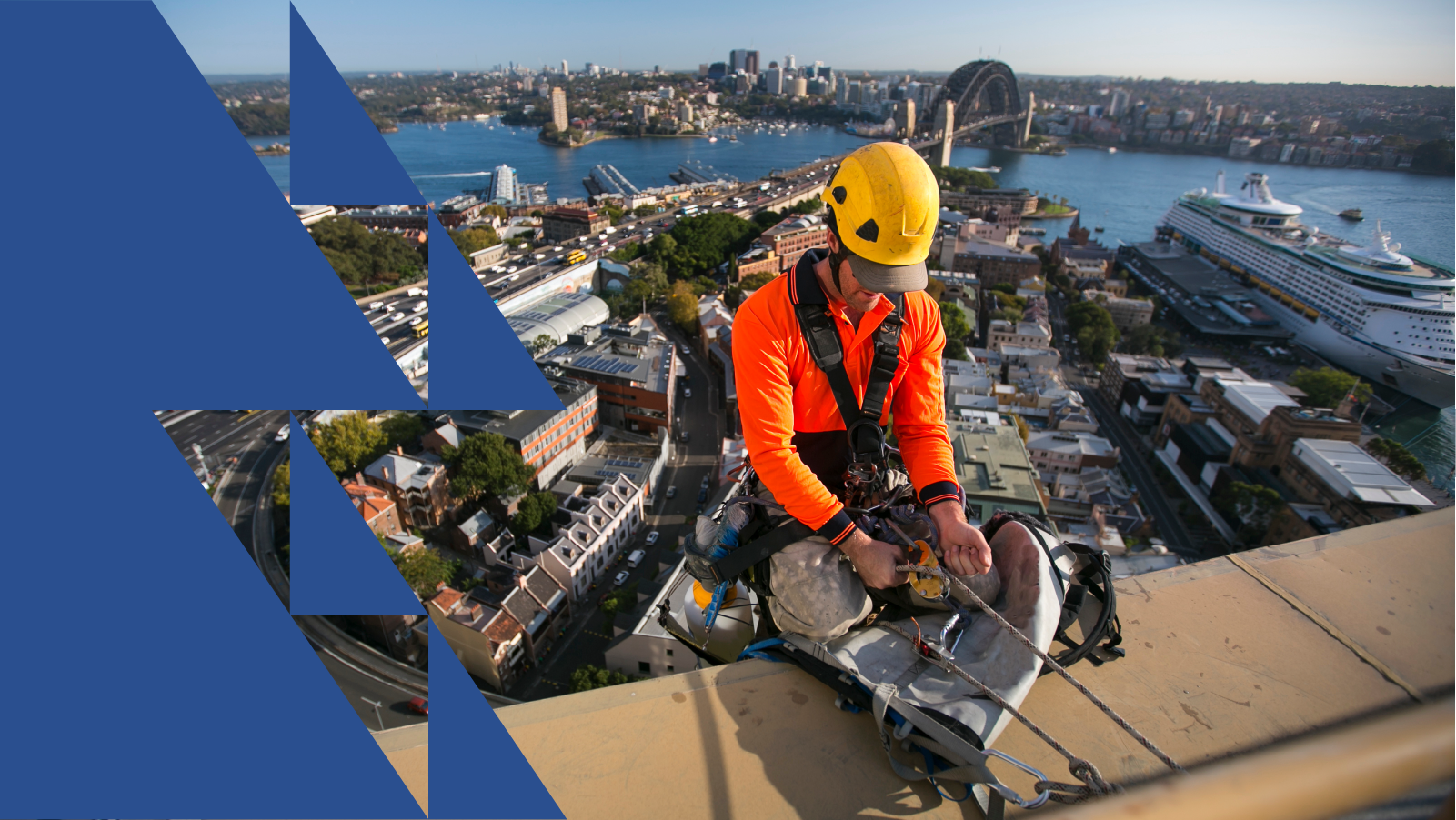The design phase in height safety is when a comprehensive plan is developed for the project, building or structure to ensure safety and access for people working at heights. This is when potential hazards and risks are identified and assessed, and appropriate safety equipment and systems are selected. The design phase also involves developing procedures and protocols to ensure the safe use of equipment and systems.
The design phase typically precedes the installation and implementation of the height safety system, and aims to ensure that the system is effective, efficient, and compliant with relevant safety standards and regulations.
Teamwork makes the dream work
An easy way of getting height safety right the first time is through collaboration with designers and architects. By working together early in the design process, architects can ensure that safety considerations are integrated into the design. Collaborating also allows height safety experts to help architects conduct risk assessments to identify potential hazards and determine appropriate safety measures.
Working with designers, height safety experts can provide ongoing maintenance and monitoring of the height safety system to ensure that it remains effective. Collaboration can also help to mitigate risks, reduce costs, and avoid delays by identifying potential issues early and finding solutions. It can also lead to greater innovation and creativity in the design and construction process, as perspectives are shared and explored. All stakeholders work together effectively to achieve the desired outcome – that means increased efficiency, and a safer result.
3 reasons why planning for height safety in the design phase is important
Any builder or designer will tell you that it is easier and less costly to get it right the first time. Here are the top three reasons why planning for height safety in the design phase is important:
1. Identify and mitigate potential risks
Risk mitigation and minimisation is at the heart of all safety systems. Early consideration of proper equipment selection, maintenance, and regular safety inspections allows the incorporation of safety features and equipment into the building or structure’s design from the outset. This allows designers, builders and architects to ensure that the building or structure is safe for workers and users at height, and that the necessary safety measures are in place to prevent falls.
2. Reduces the need for retrofitting
Modifications or retrofitting after completion are not only costly, they can hold up handover. Worse still, if height safety hasn’t been correctly planned in the design phase there can be injuries or fatalities on site.
Occasionally retrofitting is required, despite thorough planning during the design phase. This may involve installing additional equipment, such as guardrails or lifeline systems, or modifications to existing structures to make them safer for workers at height.
Our team are no stranger to retrofits. When we were engaged to provide critical access for Wollongong Hospital’s cooling tower, the hospital had not previously had an adequate access system in place, which posed a safety risk to maintenance workers. After a thorough assessment of the cooling tower and surrounding roof space, RISSafety designed a bespoke harness-free solution to provide a safe and secure access system. With the design confirmed RISSafety delivered the project with minimal disturbance to routine hospital operation.
3. Designs can be addressed with bespoke height systems
More technological and creative building designs, and an increased importance on environmental impacts of construction and buildings, means the need for tailor-made height systems.
The Green Star Rating in the construction industry is becoming a priority to ensure that buildings minimise environmental impacts, so it is important to be able to deliver this while still achieving great looking aesthetics.
When RISSafety was tasked with delivering a height safety system that met the five-star Green Star Design of the Caddens Corner (in Western Sydney) shopping centre, we needed to combine a safe, easily accessible system with multiple access points to the roof that didn’t impinge on the building’s aesthetics. Further, the design needed to meet the exacting regulations of the Australian Standards height safety.
“Height safety and access solutions are extremely important and we ensure in every job we deliver that it blends in with the look of the building,” says RISSafety Business Development Manager Jonathon Lawlor.
Proving that collaboration produces better outcomes, RISSafety worked closely with builders Mainbrace Constructions to discuss different options and solutions to minimise the visual impact. The roof safety system installation included safe roof access points, with minimum visual impact on the shopping centre’s aesthetics, along with roof walkways and handrails for ease of movement on the roof and fall protection.
Preparation and collaboration are key in any of these instances – and the earlier you can accommodate safety, structural and logistics requirements, the better.
RISSafety is Australia’s leading height safety provider. With more than 55 years of experience and 2.1M+ assets inspected, we have a solution for your height safety project. RISSafety provides a range of bespoke height safety options with an end-to-end solution to make design, manufacturing and installation quick and easy. Speak to our team to find out more.



